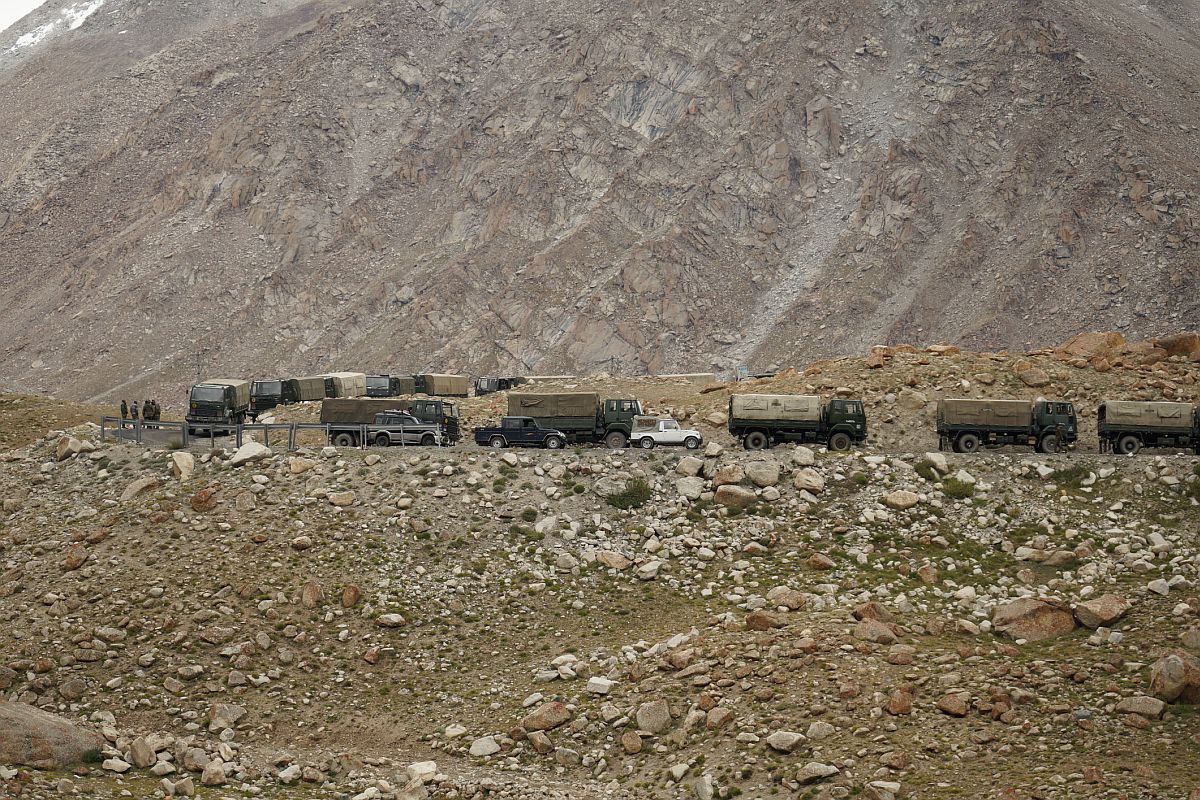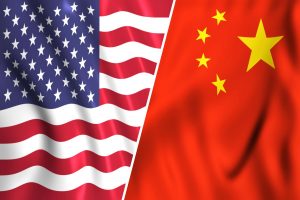In the early days of 2020, neither policy makers nor health experts in India had any inkling that a tiny microbe, spreading fast from our northern neighbour China to different parts of Europe, would soon make entry and rapidly spread in our country as well, metamorphosing into a global pandemic, causing serious disruptions of lives and livelihoods.
For India, a developing country with the second largest population in the world, next only to that of China, containing the contagion turned out to be a stupendous challenge. As policy makers took the decision of imposing a countrywide lockdown to buy time for sprucing up public health infrastructure, a step recommended by epidemiologists but coming at a great cost to millions of daily wage earners and migrant labourers, the country faced another challenge in the form of increasing territorial assertiveness of this same northern neighbour China along the LAC (Line of Actual Control).
Advertisement
Tension between the armies of the two countries along the LAC escalated in June 2020, leading to violent confrontation and loss of lives for the first time in 45 years. Much has happened since then, with the present political dispensation taking various measures to give a fitting reply to our aggressive neighbour and the country has witnessed a surge of patriotic sentiments, with people endorsing government measures quite vociferously. Certain sections of population even indulged in sabre-rattling, at a time when the country’s resources are already under severe strain to manage and mitigate the negative fallout of the pandemic.
India adopted a multipronged strategy to respond suitably to the military adventurism of China, which included stern resistance offered by Indian Army to further attempts at incursion, and simultaneous efforts to find a diplomatic solution of the impasse so as to achieve disengagement along LAC. India also resorted to some economic measures to turn the tables on China.
A call to boycott Chinese goods by various members of the ruling establishment received enthusiastic support from public. The government has also increased scrutiny of Chinese investments in many sectors and is weighing a decision to keep out Chinese companies from 5G trials, in which they are now involved. The moves could potentially cost Chinese companies billions of dollars in contracts and future earnings. The most significant step taken by the Government of India was its June 29 decision to ban 59 apps of Chinese origin, citing data security and national sovereignty concerns.
In the India-China economic relationship, where trade is lopsided in China’s favour, both sides have different levers that they could turn to, but the options are tilted in China’s favour because China is far less dependent on India’s market than India is on Chinese imports. India’s biggest lever is its market, which has emerged as one of the important overseas markets for Chinese companies in the technology space and in telecom.
If India does have considerable leverage that could hurt potential revenues of Chinese companies, the problem for Delhi is China could inflict immediate economic pain should it choose to as vital segments of Indian industries, particularly pharmaceutical production, are dependent on imports of vital ingredients from China. Even banning the apps can prove costly for India. Most of these apps have offices and staff in India and there could be a few thousand jobs at stake. The bitter truth to be admitted is that China is presently quite ahead of India in developing, using and exporting digital technology, the main plank of the much vaunted Fourth Industrial Revolution likely to shape every aspects of our lives, from health and education to entertainment, particularly in a pandemic hit world.
For some time now, China has been rapidly building its competencies in areas such as 5G, artificial intelligence, robotics, 3D printing, etc. In terms of research outputs (papers, patents etc), China ranks first in the world while India is in the fifth position presently. The Chinese company Huawei has the largest declared 5G portfolio in the world. While India faces an uphill task in trying to match the military might and economic prowess of China, the area of digital technology is a relatively promising field where India can expect a semblance of balance with China, provided it makes the right moves. The Indian government launched the ambitious programme “Digital India” in 2015, under which it envisioned increased Internet connectivity and making India a digitally empowered nation. This was also seen as being an engine propelling the growth of businesses, employment generation and increasing transparency in major sectors of the economy.
The programme has achieved considerable success. Access to ICT products by Indian citizens has grown substantially. However, the growth in the Internet and broadband connections has been modest. Despite the government’s efforts towards increasing ICT goods and services in the economy, there is a clear digital divide in the nation, as shown by data from the ICE 360° survey (2016), which gives insights into economic and social well-being of households. The survey results showed that the level of education and Internet access are highly correlated since every second graduate household has at least one member who accesses the Internet versus every hundredth in the case of an illiterate household.
The digital divide becomes more palpable between the rich and poor. Nearly 47 per cent of rich households (top quintile) have at least one member with access to the Internet in contrast to only 4 per cent of poor households (bottom quintile). There has been significant gender disparity in internet usage as women are often restricted in accessing the net. The pandemic has brought in focus the digital divide in a much pronounced way as students of rural hinterland struggled to access online classes.
However, the pandemic has created conducive atmosphere for India to give new thrust to its digital drive and its digital outreach towards its South Asian neighbours. As China’s relations with the U.S. have worsened, Washington and EU countries are intensifying efforts to constrain China’s technological influence, and there is growing suspicion of cyber-attack and cyber spying by agencies backed by China coupled with the resentment towards it because of its failure to adequately warn the world community about the spread of the deadly virus.
Initiatives such as the global anti-Huawei 5G campaign and the new Indo-Pacific focused Digital Connectivity and Cybersecurity Partnership (DCCP) threaten the ambitions of Chinese policymakers and are opening up new vistas for the expansion of India’s digital economy. In contrast to the scenario faced by China in post pandemic world, India’s digital economy seems to be getting a tailwind. Over the past three months, Jio, the largest Indian telecom operator, has managed to get Foreign Direct Investment (FDI) of over $20 billion from 13 global investors for its platforms. Google has announced its intention to invest $10 billion in India’s digital economy over the next five to seven years. Country’s youth have already demonstrated their skill and competence in providing tech solutions across sectors and must be provided with all kinds of support by the government so as to create a vibrant tech and start-up ecosystem.
Celebrated Chinese philosopher and military strategist Sun Tzu is believed to have advised those desiring progress, “keep your friends close and your enemies closer”. So, we can take a leaf out of China’s book of success and give renewed thrust to spread of education and ICT skill and if needed, even practice protectionist policies to help our domestic app developers to grow so as to defeat the enemy in its own game.
The writer is Associate Professor, Department of Political Science, Womens Christian College, Kolkata











